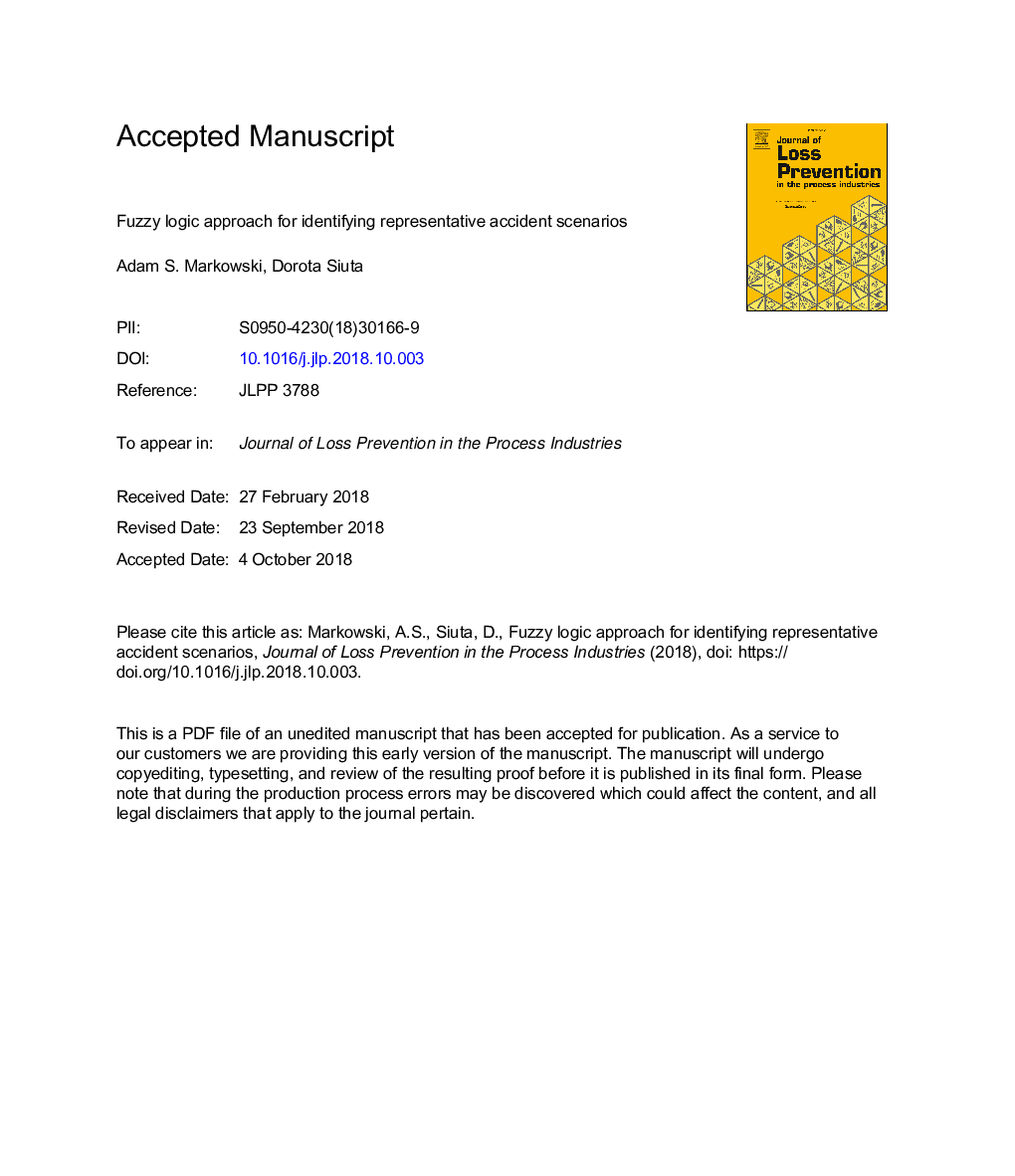| Article ID | Journal | Published Year | Pages | File Type |
|---|---|---|---|---|
| 11003056 | Journal of Loss Prevention in the Process Industries | 2018 | 27 Pages |
Abstract
In this study, both aspects, the effects of the protection layers and the quality of hazard identification analysis on the selection of RASs, are considered. The major idea is connected with the extension of the classical HAZOP study by the application of a modified risk ranking method to identify potential accident scenarios. For that process, we propose applying appropriate correction indexes concerning both aspects. The impacts of the safety layers were assessed by the efficacy index (EI), which evaluates the effectiveness of the safety barriers, and the effects of the quality of HAZOP analysis were assessed by the quality index (QI). Both indexes were used to develop the risk correction index (RCI) that was used to modify the final risk, which was the basis for selecting the RASs. The analysis was performed in two ways: 1. traditional and 2. with fuzzy logic support. Both approaches were applied to the case study concerning the storage of liquefied natural gas (LNG). The results illustrated the sensitivity of the risk ranking matrix to the risk correction index and proved the advantages of the fuzzy risk ranking methodology in relation to the traditional approach. The proposed RAS selection process supports the credibility of the risk analysis by taking into account its further application in the subsequent stages of risk analysis and then in emergency planning.
Related Topics
Physical Sciences and Engineering
Chemical Engineering
Chemical Health and Safety
Authors
Adam S. Markowski, Dorota Siuta,
